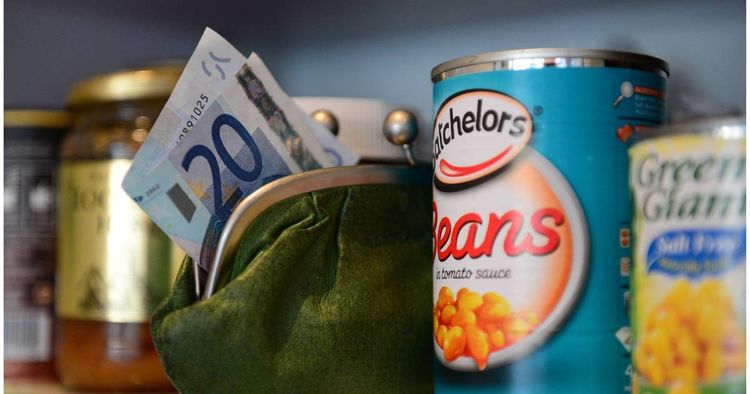Irish inflation falls to 18-month low of 5.8% as cost of basic items falls

The rate of inflation in the Irish economy decreased to a record low of 5.8 percent in July. This decline can be attributed to the decrease in costs for essential items like clothing and footwear, as well as the diminishing impact of the initial energy price surge.
Nevertheless, the core rate, excluding the unpredictable prices of energy and food, persevered at a concerning 6.6 percent, maintaining the pressure on individuals' financial circumstances.
The primary factor leading to this situation was the increased expenses associated with mortgage interest rates. These rates had risen by almost 50 percent in comparison to the previous year due to the European Central Bank's consecutive interest rate increases. This series of monetary tightening carried out by the bank was recognized as the most forceful one it had ever pursued.
The main factor behind the core inflation increase was also the rise in transportation expenses attributed to higher airfares, which saw a monthly increase of 8 percent and an annual increase of 14 percent.
The recreation and culture industry experienced a surge in prices, increasing by 3.4 percent in July. This rise can be attributed to the augmented costs of package vacations and admission tickets for concerts.
The most recent consumer price index (CPI), the authorized gauge of inflation in the Republic, showed that the yearly rate of price increase declined from 6.1 percent to 5.8 percent in July, marking the lowest rate since February of last year. The Central Statistics Office (CSO) reported that prices also increased by 0.2 percent on a monthly basis.
The organization observed that for the 22nd consecutive month, the annual rise in the Consumer Price Index (CPI) has reached a minimum of 5 percent.
The sector that showed the biggest hike in prices from July of last year to now was housing, water, electricity, gas, and other energy sources, with an average price surge of 16.5 percent.
The costs in this industry experienced an elevation mainly because of a surge in mortgage interest payments, rentals, electricity, gas, and solid fuels. The CSO stated that the rise in prices was somewhat counteracted by a decrease in liquid fuel prices, which includes home heating oil.
The expenses for transportation decreased by 4.5 percent every year due to the reduced prices of gasoline and diesel, which went down by 21 and 26 percent respectively.
"Transport experienced a decline primarily driven by reduced costs for diesel, gasoline, services related to personal transportation equipment, and public transportation via buses and coaches. However, this decrease was partially balanced out by increased prices for air travel and automobiles," the CSO stated.









































